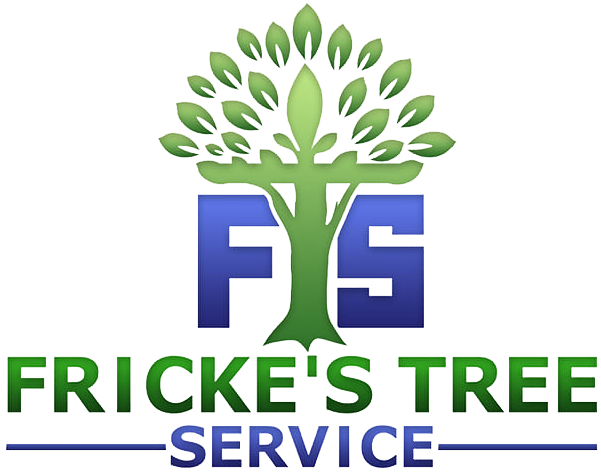Fricke's Tree Service
How to Tell If a Tree Needs to Be Removed Before It Becomes Dangerous
Identifying whether a tree needs to be removed is crucial for maintaining safety in your yard and neighborhood. Trees can become hazardous due to various factors, including disease, damage, or age. Understanding the signs that indicate a tree may pose a risk can help you take proactive measures before it becomes a danger to people or property.
By being vigilant and proactive, you can help ensure that your trees remain healthy and safe. If you suspect a tree may need to be removed, don’t hesitate to seek professional advice to protect your home and loved ones. Taking these steps can help maintain the beauty and safety of your landscape while preventing potential hazards.
Signs a Tree May Need to Be Removed
There are several indicators that a tree might be in trouble. Here are some key signs to look for:- Dead or Dying Branches: If you notice dead branches or a significant amount of leaf loss, it may indicate that the tree is unhealthy. This can lead to further deterioration and potential hazards.
- Cracks or Splits: Large cracks or splits in the trunk can compromise the tree's structural integrity, making it more susceptible to falling during storms or high winds.
- Fungal Growth: The presence of mushrooms or other fungi at the base of the tree can signal decay. This often indicates that the tree is rotting from the inside out.
- Lean: A tree that is leaning significantly to one side may be unstable and at risk of falling. This can be particularly dangerous if it leans toward structures or walkways.
- Root Damage: Exposed or damaged roots can affect the tree's stability and health. Roots are essential for nutrient absorption and anchoring the tree in the ground.
Assessing the Tree's Health
To determine if a tree is healthy or needs removal, consider the following steps:- Visual Inspection: Regularly inspect your trees for any visible signs of distress. Look for changes in bark texture, leaf color, and overall shape.
- Consult an Arborist: If you're unsure, hiring a professional can provide a thorough assessment. Arborists have the expertise to identify issues that may not be immediately apparent.
- Check for Pests: Look for signs of insect infestations, which can weaken the tree. Pests can cause significant damage if not addressed promptly.
When to Remove a Tree
Not all trees that show signs of distress need to be removed. However, consider removal if:- The tree is dead or dying and poses a risk to people or property. A dead tree can fall unexpectedly, causing injury or damage.
- It is located too close to structures, power lines, or other trees. Proximity can increase the risk of damage during storms.
- It has a history of falling branches or has already caused damage. A tree that has previously shed branches may continue to do so, posing a danger.
Preventive Measures
To avoid the need for tree removal, consider these preventive measures:- Regular Maintenance: Prune trees regularly to remove dead or weak branches. This helps improve air circulation and reduces the risk of disease.
- Health Monitoring: Keep an eye on the tree's health and address any issues promptly. Early intervention can often save a tree from needing removal.
- Proper Planting: Ensure trees are planted in suitable locations with enough space to grow. This includes considering the tree's mature size and root spread.
By being vigilant and proactive, you can help ensure that your trees remain healthy and safe. If you suspect a tree may need to be removed, don’t hesitate to seek professional advice to protect your home and loved ones. Taking these steps can help maintain the beauty and safety of your landscape while preventing potential hazards.
SHARE POST
RECENT POSTS
Interested in Our Services?
Get in touch today to discuss your next project and we will happy to answer any questions and provide you with a no-obligation FREE Estimate.







